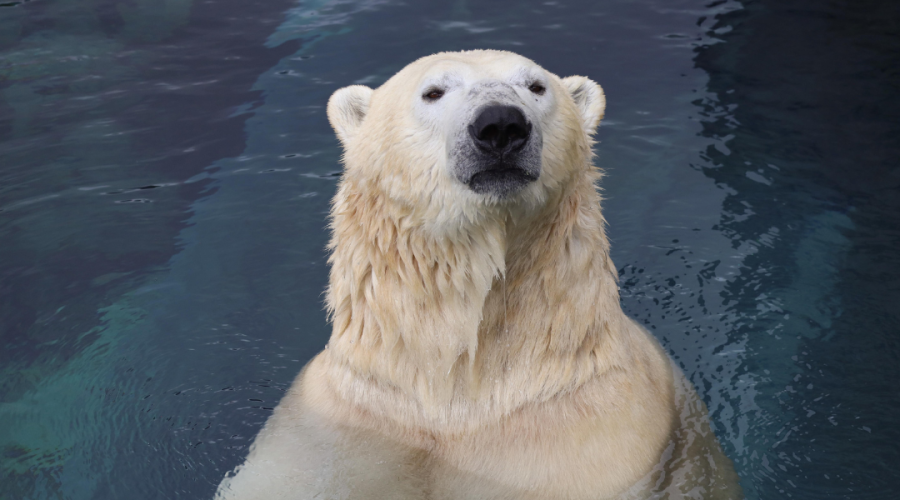At Assiniboine Park, conservation is rooted in relationships between people, places, and species. The final installment of our series, highlighting the themes of our Conservation Strategy, is Cultivating Conservation Connections. This theme recognizes that meaningful conservation outcomes are achieved through collaboration, communication, and community engagement.
Photo: Conservation and Research staff engage in biodiversity monitoring in Assiniboine Park.
Collaborations and Connections
This conservation theme guides our commitment to building strong partnerships with Indigenous communities, academic institutions, conservation organizations, and the public. By sharing knowledge, co-creating solutions, and engaging diverse voices, we strengthen our collective ability to protect biodiversity and respond to environmental change.
In southern Manitoba, our work with the critically endangered Poweshiek skipperling exemplifies this approach. Through collaboration with regional, national, and international partners, we’re contributing to a coordinated recovery strategy for this prairie butterfly. These connections allow us to share data, align conservation actions, and amplify impact, ensuring that no species is left behind.
In Churchill, our long-term ecological monitoring and community-based research are part of a broader network of scientists, Indigenous knowledge holders, and conservation practitioners working to understand the rapidly changing Arctic. By contributing to shared datasets and participating in collaborative fieldwork, we’re helping to build a more complete picture of how climate change is affecting northern ecosystems and the species that depend on them.
Photo: Collaborators from the University of Manitoba examine a Purple Martin chick near the Riley Duck Pond as part of a long-term monitoring program.
Training Conservation Leaders
Our commitment to cultivating conservation connections also includes supporting the next generation of conservation leaders. Over the years, our Conservation and Research team has hosted and mentored dozens of student researchers whose work has contributed directly to our conservation goals. These projects have explored a range of topics, including polar bear movement, beluga whale acoustics, insect biodiversity, and plant phenology. For example:
- Paige’s research on polar bear behaviour helped understand play behaviour and validate the use of thermal imaging cameras for non-invasive measurements of temperature.
- Daniele’s work on the position of beluga whale calves relative to their mothers suggested ways to improve the accuracy of aerial counts to correct for hidden calves.
- Cailin’s study of Poweshiek breeding outcomes helped to shape our strategy for optimizing egg production, leading to our most successful season yet!
These student-led projects not only advance scientific understanding but also foster meaningful relationships between emerging scientists and the communities and ecosystems they study. Many of these students have gone on to pursue careers in conservation, carrying forward the connections and experiences they built at Assiniboine Park.

Photo: Conservation Research Specialist, Brooklynne Keber, trains Conservation Assistants Cailin and Katie on environmental DNA sampling. This photo was taken with a 360° camera!
These efforts reflect that the core of conservation is a shared journey. Whether through citizen science, joint research initiatives, or public engagement, we are fostering connections that strengthen our work, make it more inclusive, and increase its resilience.
As we move forward, Assiniboine Park remains committed to fostering these relationships locally, nationally, and globally. When we connect people to nature and to one another, we create a more hopeful and sustainable future for wildlife and wild places.

Photo: An Assiniboine Park Zoo volunteer talks to visitors at an engagement station in Gateway to the Arctic.
How You Can Help Cultivate Conservation Connections
You don’t need to be a scientist to make a difference. Here are a few ways you can support conservation and help build connections:
Participate in Citizen Science
- Join local biodiversity monitoring programs or apps like iNaturalist to help track species in your area.
- Help us classify images in the Beluga Bits project as part of our long-term beluga monitoring program in Churchill.
Support Student Research
- Attend public talks, share student-led conservation stories, or consider donating to programs that support fieldwork and internships.
Engage with Indigenous Stories and Conservation
- Learn from Indigenous-led conservation initiatives, like the Seal River Watershed Alliance, to support respectful, reciprocal partnerships with Indigenous communities.
Share What You Learn
- Help with habitat restoration, community outreach, or educational programming through volunteering with APC, or other local community groups.
- Talk about conservation with friends and family, share APC’s stories on social media, and encourage others to get involved.
Visit the Park and Zoo Mindfully
- Every visit supports our conservation work. Take time to learn about the species and ecosystems we protect.
- Be a part of our team by supporting our Wildlife Conservation Fund with a donation.
Learn more about our other three themes in our Conservation Strategy:
Understanding the Changing Arctic



.JPG)


